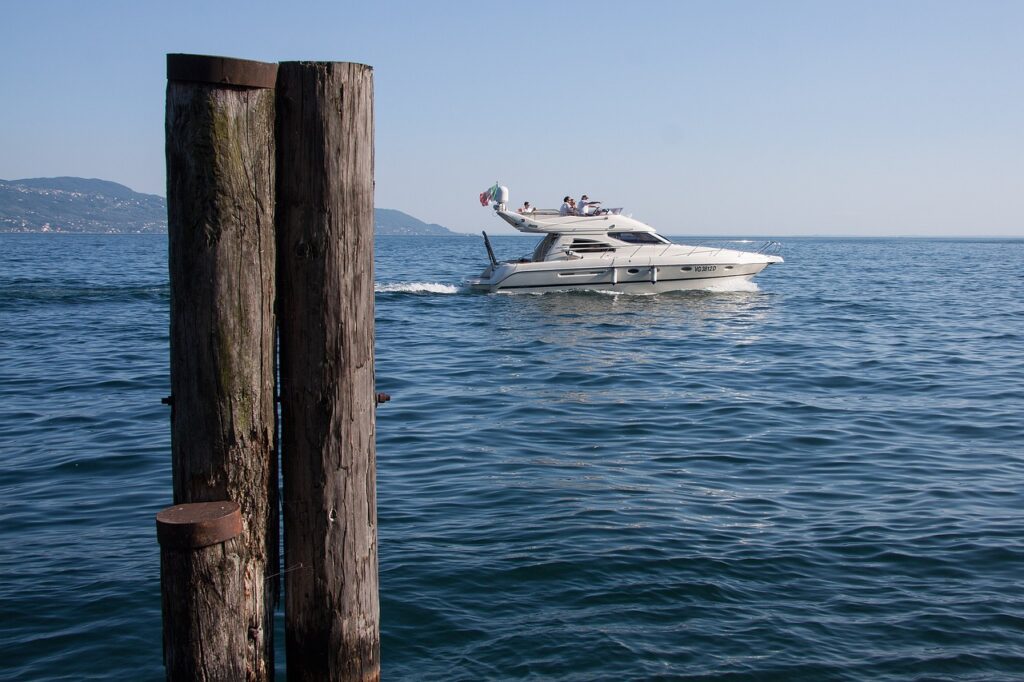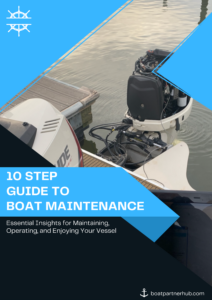Blog
How to Trim Your Boat: A Guide to Achieving Optimal Performance and Stability

How to Trim Your Boat: A Guide to Achieving Optimal Performance and Stability – Expert Tips for Smooth Sailing and Fuel Efficiency
Trimming your boat is a fundamental skill that every boater should master. Proper boat trim not only enhances performance but also ensures stability and fuel efficiency. Whether you’re a beginner or an experienced boater, understanding how to trim your boat correctly can significantly improve your overall boating experience. This comprehensive guide will walk you through the essential steps to achieve optimal boat trim for smooth sailing and maximum enjoyment on the water.
1. What is Boat Trim?
Boat trim refers to adjusting the angle of your boat’s hull in relation to the water’s surface. Correct trim is achieved by balancing the weight distribution on the boat, ensuring the bow and stern are at the right height to minimize drag and improve handling.
2. Why is Proper Boat Trim Important?
Achieving the correct boat trim offers several advantages:
- Enhanced Performance: Proper trim improves a boat’s planing ability and overall speed, allowing it to glide more efficiently through the water.
- Improved Fuel Efficiency: A well-trimmed boat reduces resistance, which means less fuel consumption and cost savings during extended boating trips.
- Better Handling: Balanced trim provides better control and maneuverability, especially during turns and in varying water conditions.
3. The Trim Adjustment Process
a. Level the Boat: Start by having all passengers sit evenly distributed throughout the boat. Ensure that any gear or equipment is also evenly distributed.
b. Start on Calm Water: Begin the trim adjustment process on calm, flat water. This provides a stable baseline for making the necessary adjustments.
c. Monitor Boat Attitude: Pay attention to the boat’s attitude while underway. An ideal trim has the bow slightly elevated, with the boat riding level on the water.
4. Trim Adjustment Methods
a. Manual Trim: Many boats come equipped with manual trim tabs or trim adjusters. Use these tabs to fine-tune the boat’s trim while underway. Adjust the trim tabs incrementally and observe the boat’s response.
b. Trim Gauges: Some modern boats are equipped with trim gauges that display the current trim angle. Use the gauge as a reference and make small adjustments to achieve the desired trim.
5. Consider Water Conditions
Boat trim can vary depending on the water conditions. In rough waters or headwinds, you may need to adjust the trim to keep the boat stable and maintain control.
6. Observe the Boat’s Behavior
Pay attention to how the boat responds to trim adjustments. If the bow is riding too high, the boat may porpoise (bounce on the water). Conversely, if the bow is too low, the boat may plow through the water, reducing speed and fuel efficiency.
7. Passenger Movement
Be mindful of passengers moving around the boat. Even small shifts in weight distribution can affect the boat’s trim and handling.
8. Balance Load When Docking
Maintain proper trim when approaching the dock. An unbalanced load can make docking more challenging and increase the risk of accidents.
FAQs (Frequently Asked Questions)
Q1: How do I know if my boat is properly trimmed?
A: Proper boat trim is indicated by a slightly raised bow and a level ride on the water. You should experience smooth handling and improved performance.
Q2: Can I adjust the boat’s trim while in motion?
A: Yes, many boats allow for real-time trim adjustments while underway. However, make small adjustments and observe how the boat responds to each change.
Q3: Is boat trim the same for all types of boats?
A: Different types of boats may have varying trim requirements due to their design and hull shape. It’s essential to refer to your boat’s manual for specific trim guidelines.
Q4: How often should I check and adjust my boat’s trim?
A: Trim adjustments may be needed based on the water conditions, passenger movement, and load distribution. Regularly monitor your boat’s trim and make adjustments as necessary.
Q5: Can I trim my boat for different activities, such as fishing or watersports?
A: Yes, you can adjust the trim based on your specific boating activity. For example, you may trim the boat differently for waterskiing compared to leisurely cruising.
Conclusion
Mastering the art of boat trim is essential for every boater looking to optimize their vessel’s performance and stability. By understanding the importance of boat trim, the trim adjustment process, and observing how the boat responds, you can achieve a well-balanced and efficient trim. Practice adjusting the trim in different water conditions and pay attention to your boat’s behavior to become a skilled trimmer. With proper boat trim, you’ll experience smoother sailing, improved fuel efficiency, and better overall handling during your boating adventures.


